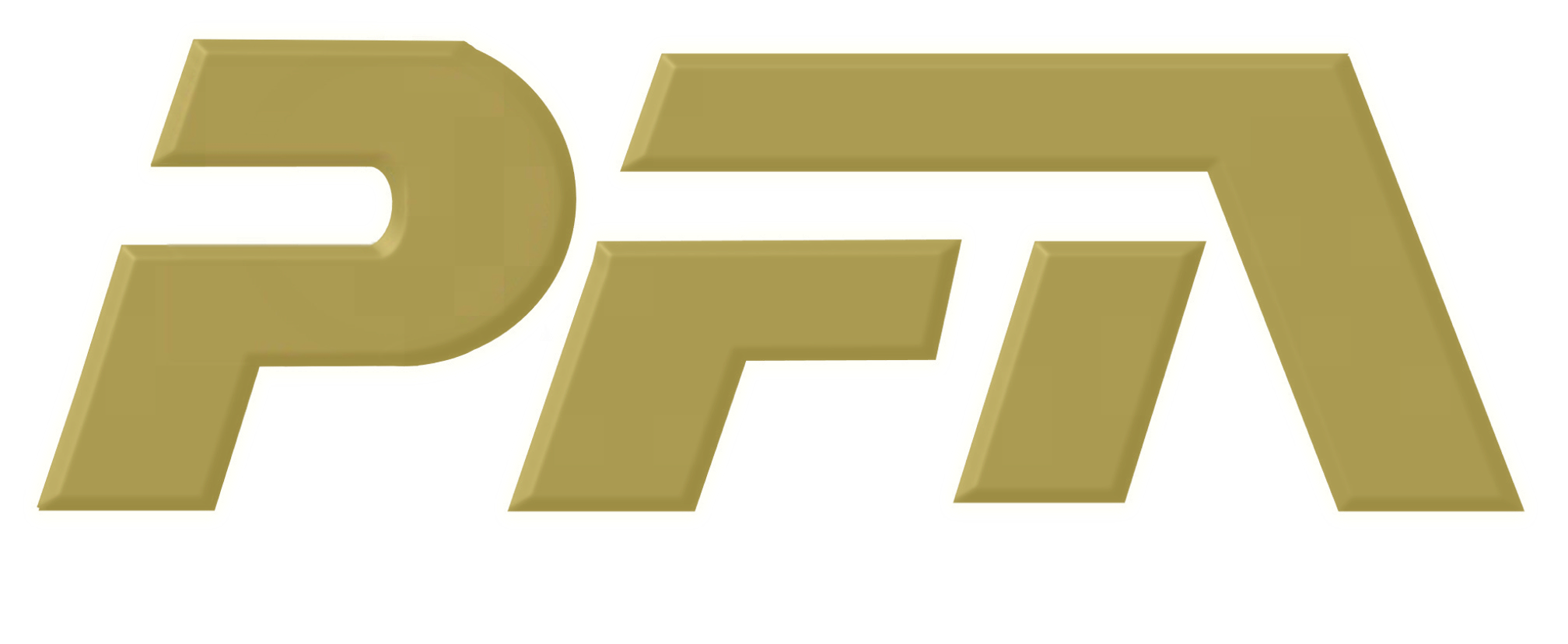General Industry Information
Following are some key facts and figures about the flexible polyurethane foam industry in North America:

Dr. Bayer and his team worked in a laboratory in Leverkusen, Germany. A further breakthrough occurred in 1941, when moisture added to the reactants produced carbon dioxide, which introduces hollow cells that contribute to the flexibility of the material. Source: Encyclopedia Britannica, Polyurethanes.

Source: 2016 End-Use Market Survey on the Polyurethanes Industry in the United States, Canada and Mexico. Reproduced with permission from the ACC Center for the Polyurethanes Industry. To purchase a copy of the report or the data, please visit this link: https://polyurethane.americanchemistry.com/2018-end-use-market-survey.pdf

Raw materials can be poured and reacted into molds so that the foam assumes a specific, consistent shape. Molded foam is used to add styling and ergonomics to seating and other components used in cars, trucks, boats, buses, and aircraft. Approximately 85% of molded foam in North America is used in transportation. Other applications include office furniture and bedding (pillows).

Worker safety is a priority among foam manufacturers. For more than a quarter century, the industry has monitored worker health to ensure that isocyanate exposure does not lead to occupational asthma. The incidence of self-reported occupational asthma is very low, representing less than 2% of the surveyed worker population. The incidence of medically confirmed cases of occupational asthma is even lower–approximately 1%, compared with 8% among the general US population. (See Occupational Health).

PFA members account for the great majority of this production in North America. Flexible polyurethane foam in turn represents the largest use of polyurethanes. Flexible foam has applications in a wide variety of industrial and consumer markets. See What is Polyurethane Foam?

Flexible polyurethane foam has one of the most successful recycling stories in the world. Virtually all post-industrial foam scrap (and a significant amount of post-consumer scrap) is recycled into applications such as bonded carpet cushion, which makes up more than 85% of the carpet cushion market (Source: Carpet Cushion Council).

Because its cellular structure contains mainly air, FPF can be compressed to 15% of its original height by equipment installed at the manufacturing plant, or on the truck trailer itself. (See a paper on compression systems presented at the October 6, 2005 PFA Technical Program.) In recent years, similar technology has been employed to compress mattresses for shipment and delivery directly to consumers.

The flexible polyurethane foam, along with the furniture and mattress industries, have taken a very proactive approach on fire safety, implementing both voluntary and governmental programs to reduce the instances of fires in furniture and bedding. Since 1980, home upholstered furniture fires have fallen 85%. Home structure fires beginning with upholstered furniture fell 85% from a high of 36,900 in 1980 to a low of 5,400 in 2014. Source: National Fire Protection Association.
Pounds Poured Reports
PFA provides data on FPF production trends for the exclusive use of its members. PFA Manufacturing Members submit monthly figures on slabstock pounds poured to an independent accounting firm. The accountants aggregate this data before providing it to PFA management. This preserves the confidentiality of company production data, and represents a best practice in antitrust law compliance by associations.
Current and past Pounds Poured Reports are available on the password-protected Member Portal.

